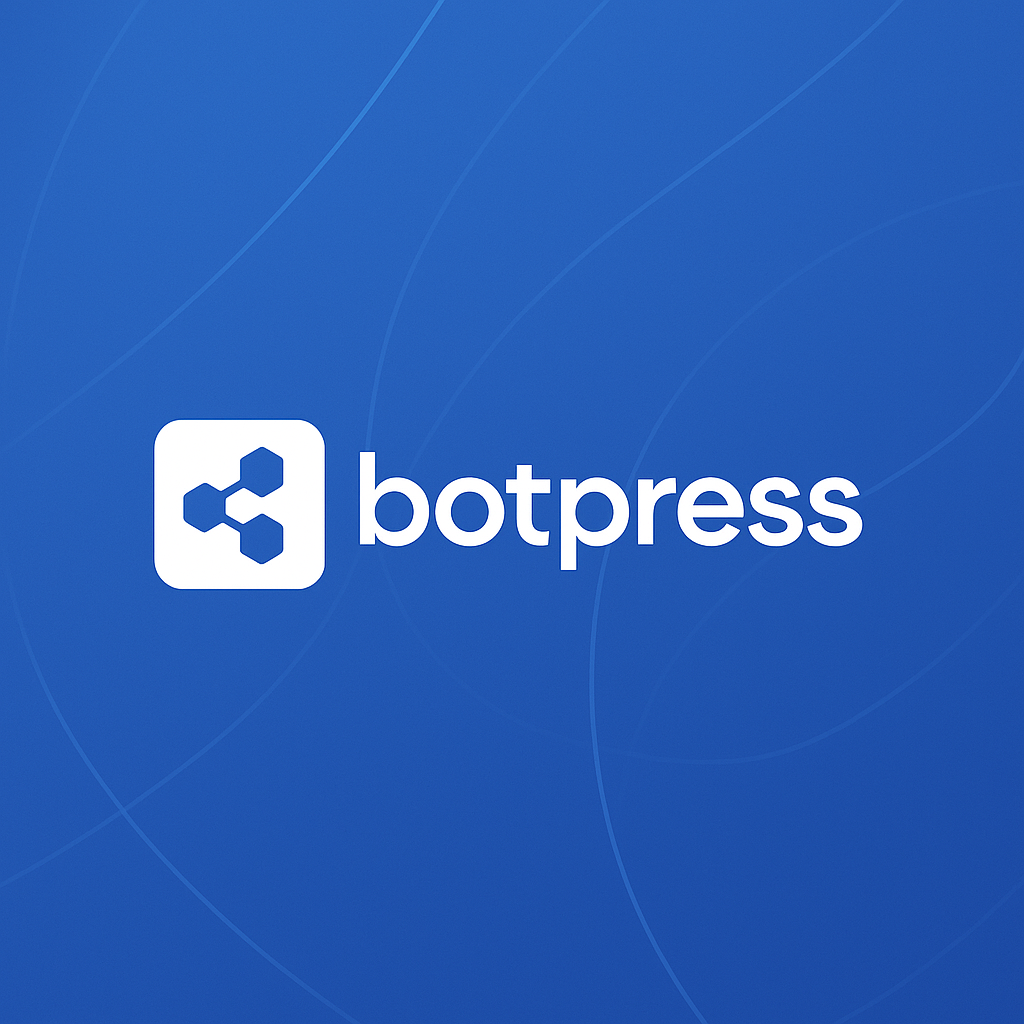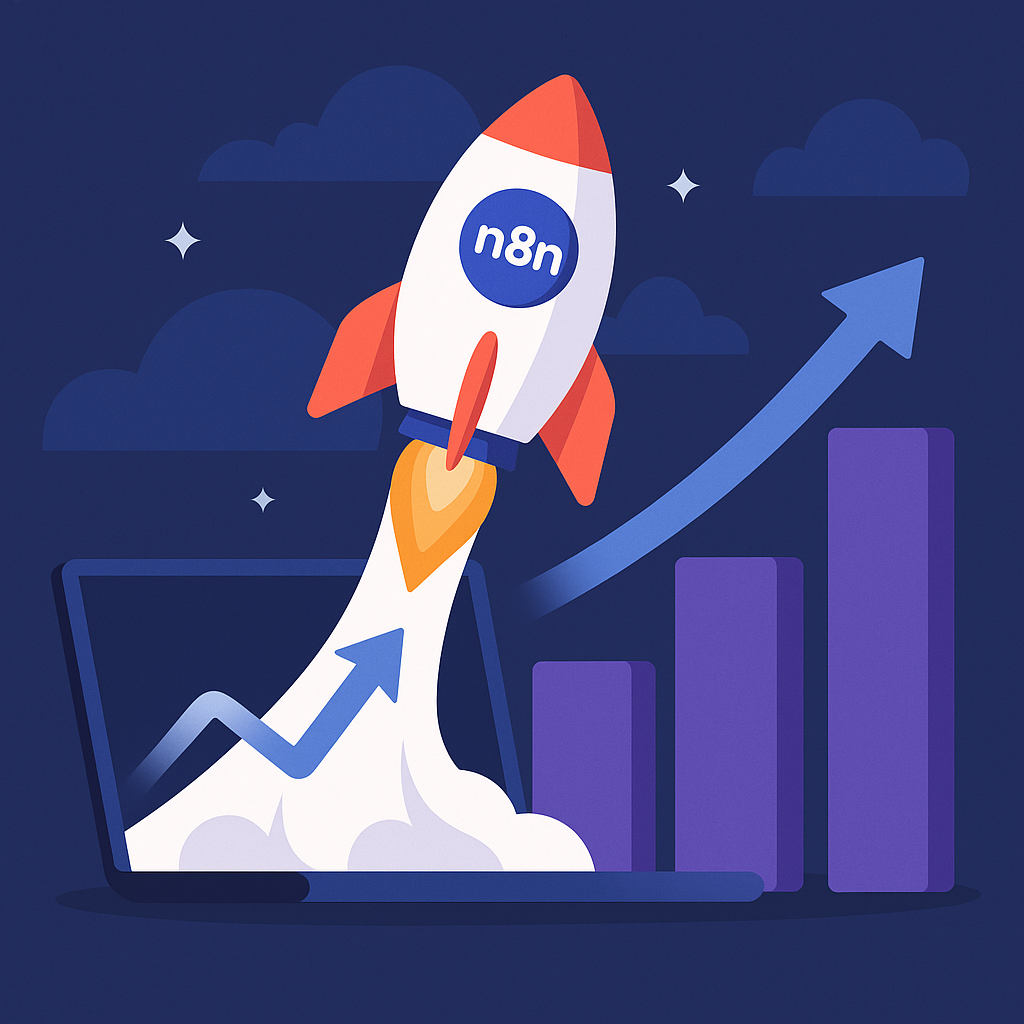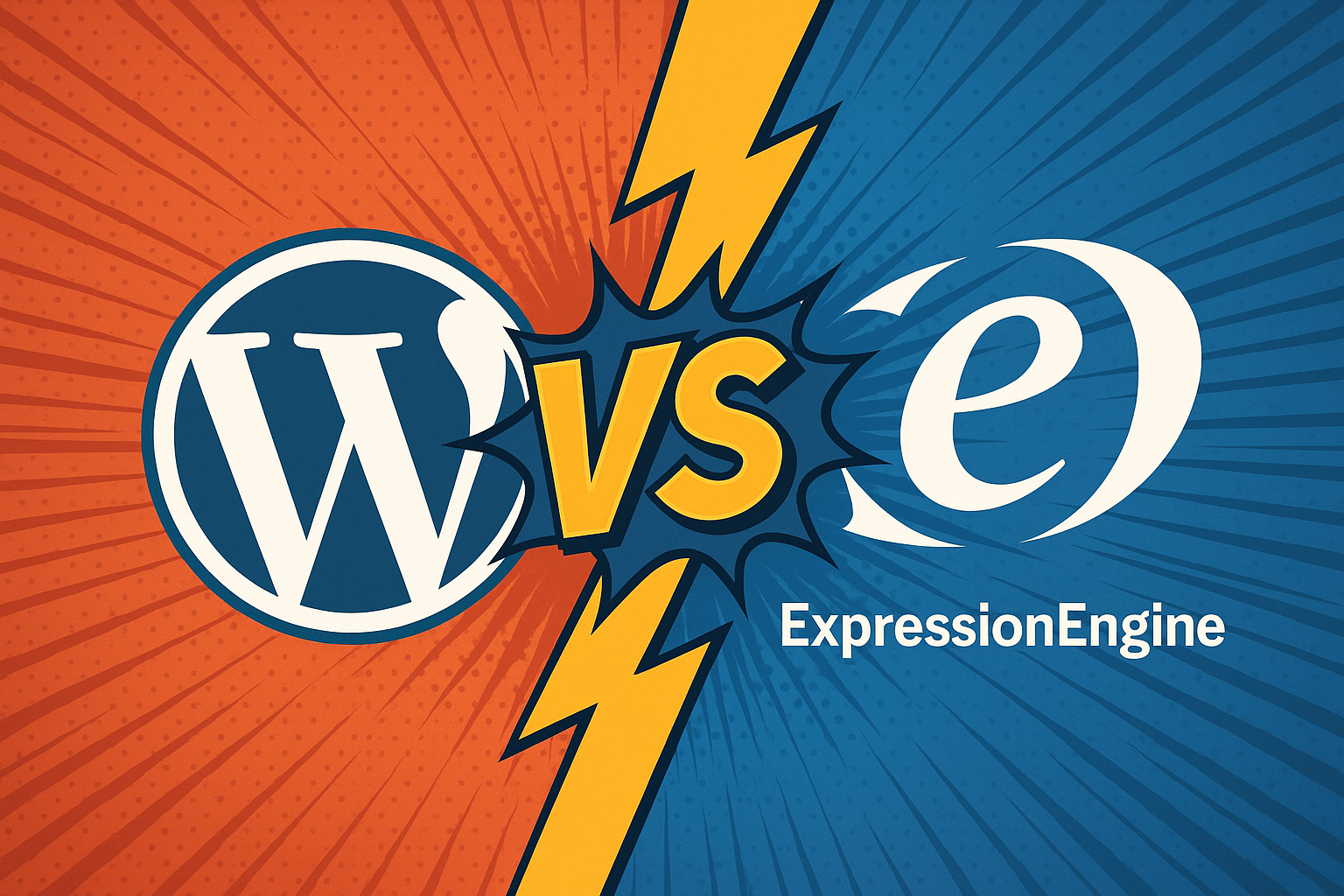In today’s fast-moving digital landscape, design agencies are under constant pressure to deliver projects faster, with broader technical capabilities, and without compromising quality. While some agencies maintain in-house development teams, many have discovered that outsourcing development work offers a practical, flexible, and financially sound alternative. Here’s why this approach works for so many agencies – […]
In the age of intelligent automation and 24/7 digital engagement, chatbots have become a cornerstone for modern customer experiences. Whether it’s onboarding users, qualifying leads, or automating support, businesses need reliable tools to build and manage conversational agents. One platform gaining popularity among developers and enterprises alike is Botpress—an open-source conversational AI platform built with […]
In the fast-growing world of workflow automation, tools like Zapier, Lindy, and n8n have become increasingly essential to streamline operations, reduce manual tasks, and boost productivity. Each platform has carved its own niche—but if you’re looking for power, flexibility, and developer-grade control, n8n is emerging as the clear frontrunner, especially for agencies, startups, and businesses […]
We compare ExpressionEngine and WordPress head-to-head in 2025. See which CMS wins for speed, security, SEO, and long-term growth.






